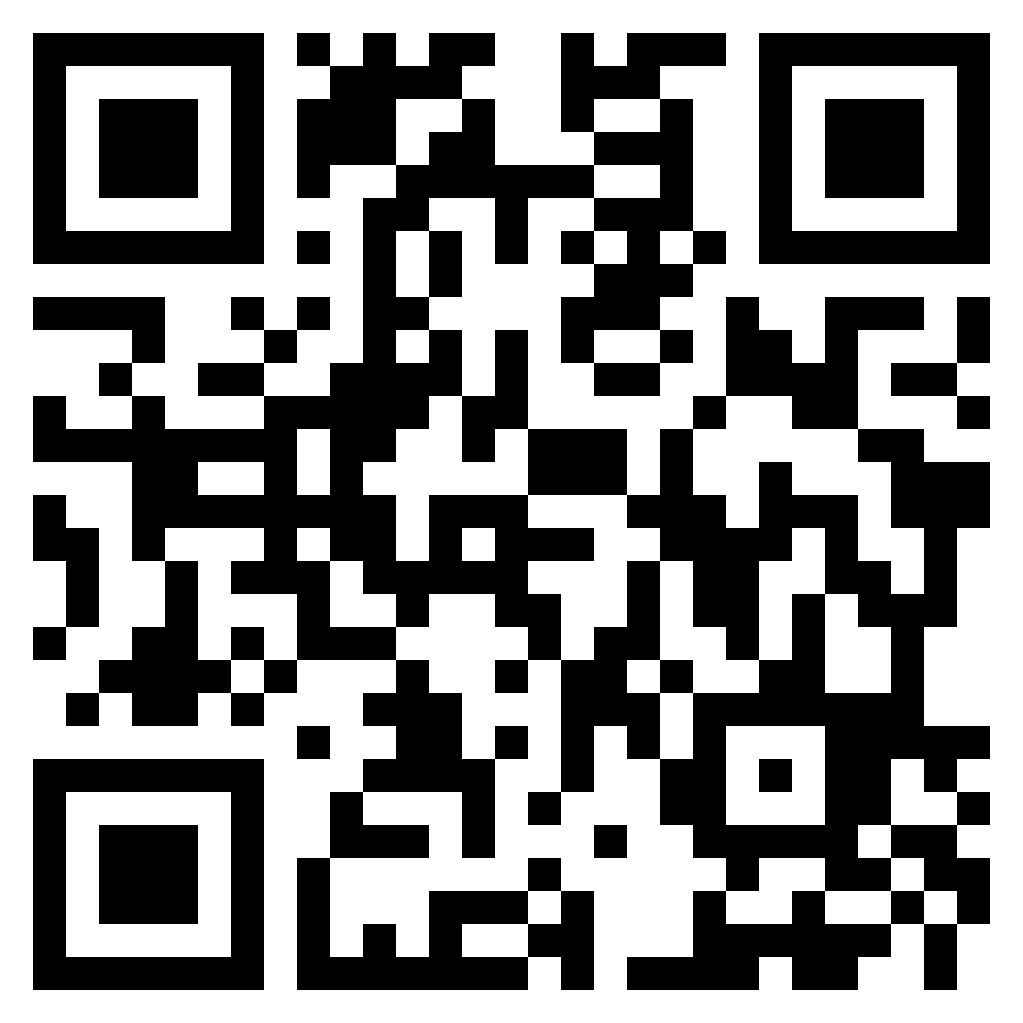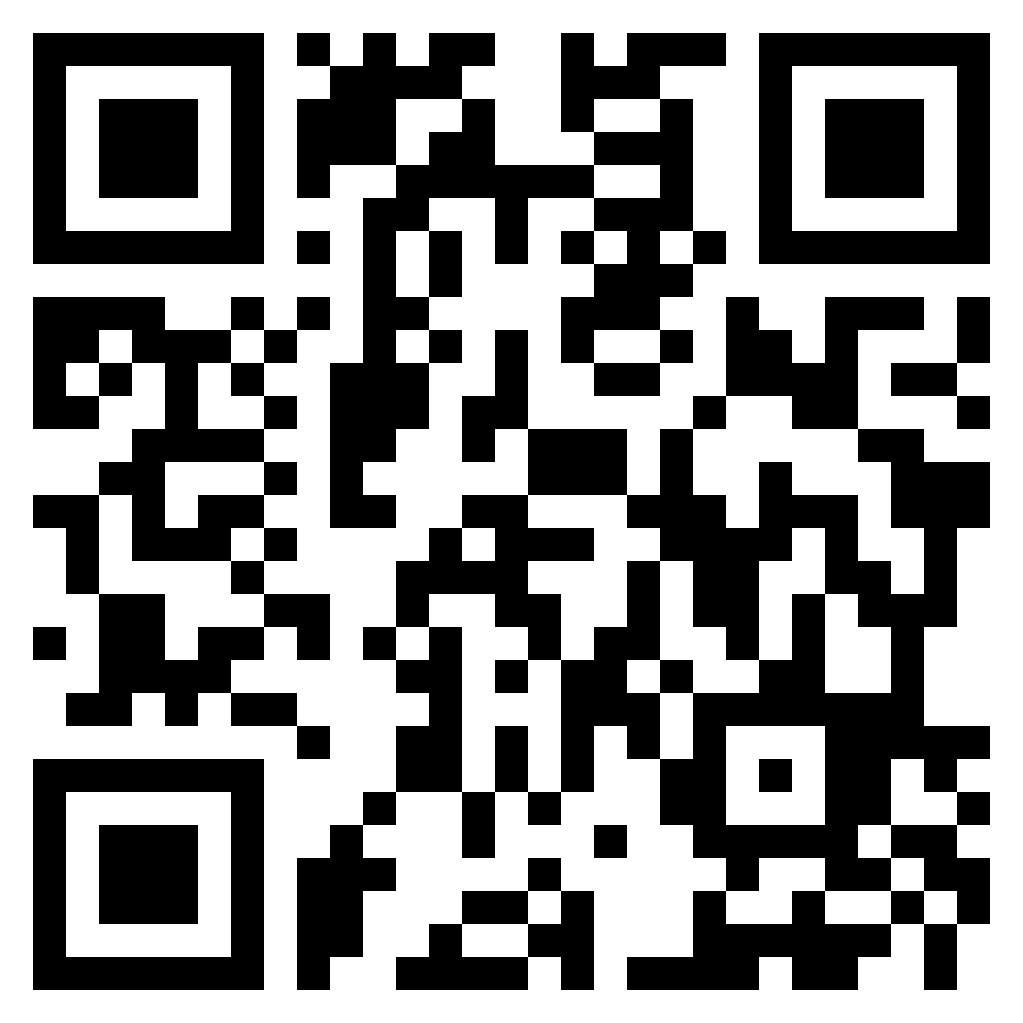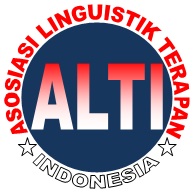Women's Representation in Pond's Age Miracle Advertisement “Perawatan Esktra untuk Kamu yang Luar Biasa” version on Youtube
DOI:
https://doi.org/10.46961/mediasi.v4i3.829Keywords:
Qualitative Content Analysis, Advertisement, Woman, Pond's, RepresentationAbstract
This research aims to esxplanation about women representation in Youtube channel. This research is a qualitative research, using qualitative analysis methods. Data collection techniques in this study using observations in the form of observations made at every place contained in advertisements, documentation, and literature studies, where the results of data collection will then be processed by researchers to obtain accurate and appropriate results. Age Miracle The version of "Perawatan ekstra untukmu yang luar biasa", women are represented as extraordinary figures, women are shown as active, independent, able to carry out activities outside the home, can work in the public sphere, can develop various skills and potentials. . but broadly speaking, this ad directs women to return to the domestic sector, as well as women's beauty
References
An Nur, F., & Hariyanti, N. (2019). Beauty Vlogger: Representasi Perempuan di Era Disrupsi. ETTISAL: Journal of Communication, 4(2), 213--220.
Billah, N. S., Mei, R., Malau, U., Komunikasi, P. I., Komunikasi, F., & Telkom, U. (2022). Representasi Pemberdayaan Perempuan Dalam Iklan Grabcar Versi # Amanuntuksemua (Analisis Semiotika Roland Barthes) Representation of Women ’S Empowerment In #Amanuntuksemua Version of Grabcar Advertising (Roland Barthes Semiotics Analysis). V(I), 44–54.
Fazri, A., & Hartati, D. (2018). Media Massa dan Representasi Perempuan dalam Iklan. SOURCE: Jurnal Ilmu Komunikasi, 4(1), 61–70. https://doi.org/10.35308/source.v4i1.739
Hall, S. (2003). The Work of Representation:”Representation: Cultural Representations and Signifying Practices (Culture, Media and Identities series)". Ed Stuart Hall Sage publication.
Hesti, S., Thasimmim, S. N., Rimayanti, W., Komunikasi, F. I., Buana, U. M., Komunikasi, F. I., & Buana, U. M. (2021). Research and Learning in Comunication Study Efektivitas Iklan Traveloka Televisi Konvensional Pada Konsumen di Era Digital The Effectiveness Traveloka Ads on Conventional Television for Consumers in the Digital Age. 7(April), 57–65.
Herlyana, F., & Utami, L. S. S. (2020). Pengaruh Daya Tarik Iklan di Konvergensi Media Terhadap Brand Awareness (Studi Iklan Tiket.com di YouTube pada Kalangan Generasi Z di Jakarta). Prologia, 4(1), 160--166.
Krippendorff, K. (2019). Content Analysis. SAGE Publications, Inc., https://doi.org/10.4135/9781071878781
Murtopo, B. A. (2018). Peranan Perempuan dalam Media Sosial. Cakrawala: Jurnal Kajian Manajemen Pendidikan Islam dan Studi Sosial, 2(2), 14–24.
Nurzannah. (2021). Perempuan: Perempuan dan Media Volume 1 (S.A. Putri Wahyuni, Ade Irma (ed.)). Syah Kuala University Press.
Pratami, R. (2020). Analisis Wacana Kritis Pada Penggunaan Bahasa Asing Dalam Iklan Televisi “Floridina ” Analysis of Critical Discussion on the Use of Foreign Languages in Television Advertising “ Floridina .” MEDIALOG: Jurnal Ilmu Komunikasi, III(Ii), 241–253.
Sapanca, A., Ramadan, M., & Ramadlan, T. J. (2021). Representasi Perempuan Ideal dalam Iklan New Veet Silk & Fresh Tahun 2017. Jurnal Audiens, 3(1), 11–20.
Sulaeman, A. R., & Fazri, A. F. (2020). Strategi Pemanfaatan Youtube dalam Bidang Dakwah oleh Ulama Aceh Pemanfaatan Youtube sebagai Media Komunikasi dalam MEDIASI – Jurnal Kajian dan Terapan Media, Bahasa, Komunikasi Vol. 4 No. 3, September 2023, 11(1), 81–93.
Syafuddin, K. (2022). REPRESENTASI MUSLIMAH DI RUANG SOSIAL PADA IKLAN DOWNY. Mediasi Jurnal Kajian Terapan Media, Bahasa, dan Komunikasi, 3(2), 125–142.
Thadi, R. (2018). Citra Perempuan dalam Media. Jurnal Ilmiah Syi’ar, Vol. 14(1), 27–38.
Triana, A., & Krisnani, H. (2018). Peran Ganda Ibu Rumah Tangga Pekerja K3L Unpad Dalam Rangka Menunjang Perekonomian Keluarga. Prosiding Penelitian Dan Pengabdian Kepada Masyarakat, 5(2), 188
Downloads
Published
How to Cite
Issue
Section
Citation Check
License
You are free to:
- Share — copy and redistribute the material in any medium or format
- Adapt — remix, transform, and build upon the material
- The licensor cannot revoke these freedoms as long as you follow the license terms.
Under the following terms: Attribution; NonCommercial; and no additional restrictions.















